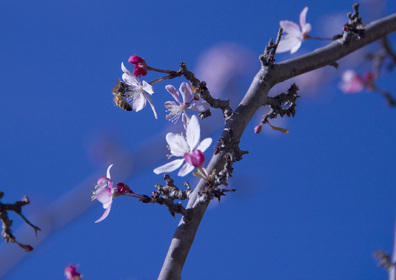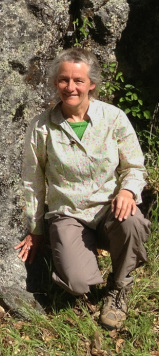Here is the synopsis from the website where you can watch it for free:
(a few ads help to support the website to show it for free)
"For six weeks we explored the Antarctic Peninsula by sea kayak, sailboat, foot and small plane, observing the fast changing evolution of this most remote place. Impacted by climate change - temperatures have warmed along the Peninsula faster than anywhere on the planet during the past 50 years - this part of Antarctica is also experiencing a boom in tourism and nations fighting over who owns what as its ice slowly disappears. This National Geographic-sponsored exploration is a one-of-a-kind look at Antarctica from a unique perspective - sea level. "
Watching this film (and others..Chasing Ice among others), watching the ice fall, disappear, seeing the baby Adelie penguins shiver because their downy feathers are soaked by rain which is not normal for the area...and knowing these changes to their habitat are because of how we live...I have been questioning how best to move forward...how can I live in answer to what is happening? A step in that direction is to offset the CO2 I create by driving and using gas and electricity in my house. I did this by going to Terrapass...and you can too. It helps to support projects that offset the GHG we all create in the course of our daily living. Many steps can help exponentially shift the trajectory we are currently on.
Watching another film, Acid Test, the Global Challenge of Ocean Acidification, on the same site as Terra Antarctica, tells another part of the story of the consequences of our excess greenhouse gas emissions.
From Wendell Berry:
There is no justification for the permanent destruction of the world.
----------------------------------------------------------------------------------------------
Pray for rain... for the Carmel River, for all who depend on it.
article appeared on Yahoo News, Dec. 31, 2013
Many cities in California closed out 2013 as the driest year since record-keeping began more than a century ago.
LOS ANGELES (AP) — A swath of California closed out 2013 as the driest year on record, marked by above-normal temperatures and thirsty reservoirs.
While a drought has not been declared, some communities urged residents to conserve water.
Dozens of cities saw historically parched conditions this year, setting new marks in record-keeping that in some cases dates back more than a century.
Downtown Los Angeles received a meager 3.60 inches of rain since Jan. 1, the driest calendar year since 1877. Normally, downtown would be soaked with about 15 inches of precipitation.
Similarly, San Francisco recorded just 5.59 inches of rain since the beginning of the year, 18 inches below normal. Sacramento is 14 inches below average after receiving 6.13 inches of rain this year.
The records were not to become official until midnight, but there was not a drop of rain in the forecast for the next several days.
"It's been pitiful," said Bob Benjamin, a forecaster for the National Weather Service in Monterey, Calif. "It's a concern, but we do have several months to catch up."
December is typically one of the wettest months, but a stubborn dome of high pressure has steered storms away from California for the past month. While the country shivered during Christmas, Californians flocked to the beach and basked in summer-like temperatures.
The dry spell is not all good news.
The lack of rainfall does not bode well for the winter's first snow survey that will be released on Friday. Real-time readings of the water content in the snowpack — which supplies much of California's water — reveal it's only 20 percent of normal.
Many of the state's major reservoirs are below average for the month.
Shasta Lake, the state's largest reservoir, is currently at 37 percent of its total capacity. Folsom Lake recently dipped below 20 percent of its capacity, marking a historic low for the month. This triggered some communities in the Sacramento-San Joaquin Delta region to issue water conservation orders.
The Northern California city of Folsom recently mandated that residents cut water consumption by 20 percent. Sacramento County asked unincorporated areas to voluntarily reduce water use by the same amount.
State water managers are also discussing transferring water from places with relative abundance to communities facing critical shortages.
Even before the state was gripped by record dryness, several cities, including Santa Monica and Long Beach in Southern California, have planned to reduce their dependence on imported water in the coming years by maximizing groundwater supplies, harvesting stormwater and increasing recycled water distribution.
Despite an arid year, forecasters said the rainy season is not over yet. In past years, a dry December gave way to storms in January.
"Or we can get a miracle March that bails us out a little bit," said state climatologist Michael Anderson.
___
Follow Alicia Chang at http://twitter.com/SciWriAlicia



 RSS Feed
RSS Feed
